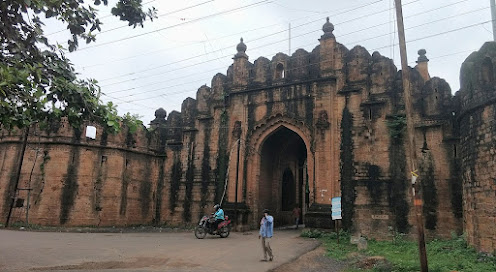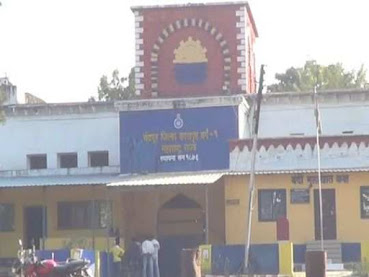
Reimagining International Day of World’s Indigenous People
Time to honour the history of Gond rule in Vidarbha
Pathanpura Gate of the Chandrapur Fort built by Gond Rulers
In the last couple of years there has been welcome increase in the number of programmes on 9th August which has been designated by the UN as the International Day of World’s Indigenous People translated in Marathi as Jagatik Adivasi Din. As with other special days like Women’s Day and Labour Day one has mixed feelings about this Day too. On the one hand such special days are important in highlighting the issues and struggles of those whom the Day purports to celebrate, on the other hand the earmarking of a Special Day itself is a sad indicator of the secondary position these very people have been relegated to in world society.
From the perspective of Vidarbha, this feeling of solidarity and loss is even more acute because far from being in the social margins, the Adivasis of Vidarbha were its rulers – Rajas and Zamindars who wielded political and economic power in the region for a long time. Thus, it is unsettling to see social media flooded with stereotypical images of the ‘tribals’ – huddling in their impoverished forest huts, carrying primitive bows and arrows, and dancing or beating the drums. One feels that promoting such images is part of a nefarious design to promote the narrative of Adivasis as innocent childlike primitives bearers of a distant exotic culture who need to be rescued and brought into modernity
Such narratives refuse to acknowledge the image of Adivasis as efficient rulers and administrators, builders of forts and settlers of cities, patrons of arts, promoters of settled agriculture, warriors and thinkers. Cities like Nagpur, Chandrapur, Ballarpur used to be capitals of Gond rulers who ruled large parts of Eastern Vidarbha between 870 A.D to 1751 A.D – one of the longest ruling dynasties in India. Chandrapur city bears witness to amazing Gond architecture which includes the city fort whose massive gates and ramparts remain largely intact. Chandrapur district has beautiful temples including the Mata Mahakali temple built by the Gond Queen Maharani Hirai. Eastern Vidarbha is known for its tank irrigation which is traced back to Gond rulers who promoted agriculture in the region.
Chandrapur District Prison, erstwhile palace of Gond Rulers
Unfortunately, the palace of Gond Rajas has been converted into the Chandrapur District Prison and over the years the state has tampered with the original architecture by constructing new blocks and demolishing or altering the older structures to suit their needs.
Long after the Gonds were replaced by the Marathas, the Adivasi ruling class retained their hold over large areas as Zamindars especially in Gadchiroli district. The most revered among them, who is remembered in Adivasi songs, stories and memorials is Veer Baburao Pullessur Shedmake, the Zamindar of Ghot. He is remembered as having won seven battles against the British army before being arrested by fraud and publicly executed after a false trial in a colonial court. His story should be made part of the official narrative of the 1857 War of Independence.
The Jagatik Adivasi Diwas would gain relevance as part of a long-term process of acknowledging and honouring the contribution of Adivasi community towards nation-building and modernity. The Government of Maharashtra and the Archeological Survey of India could perhaps begin the task by removing the Chandrapur district jail to a new location and restoring the architecture of the Gond Palace.
–Paromita Goswami




